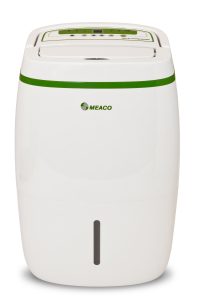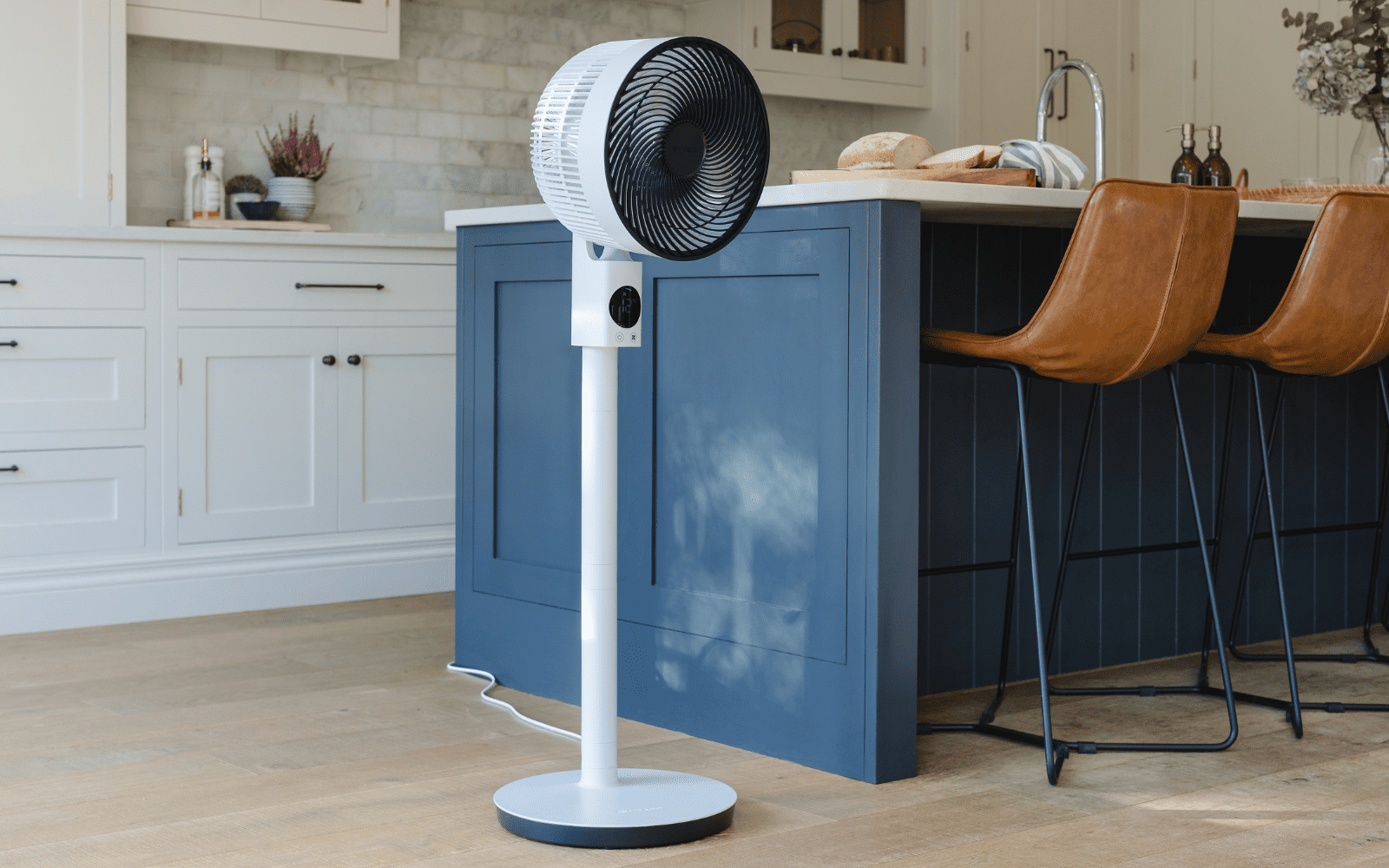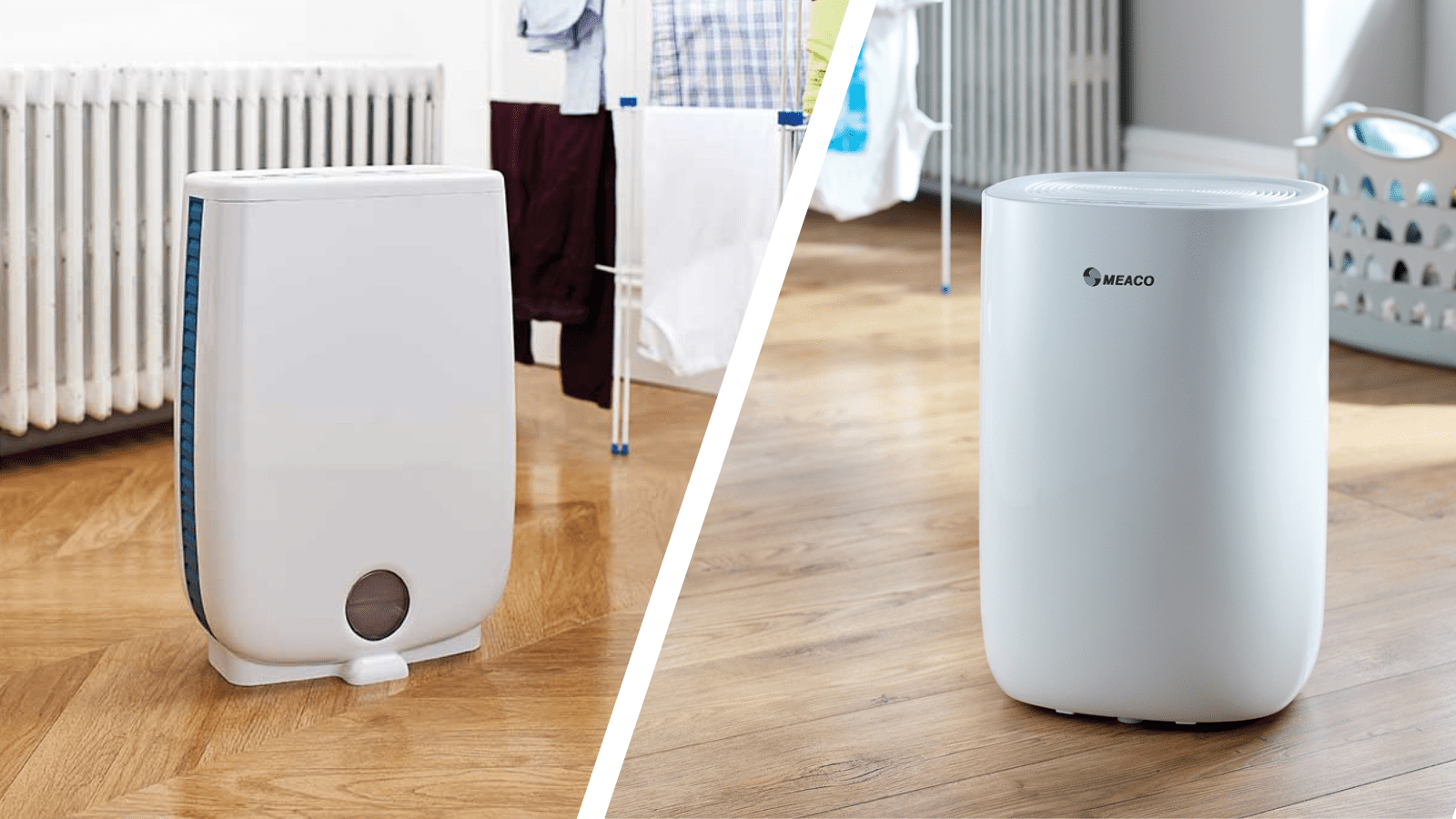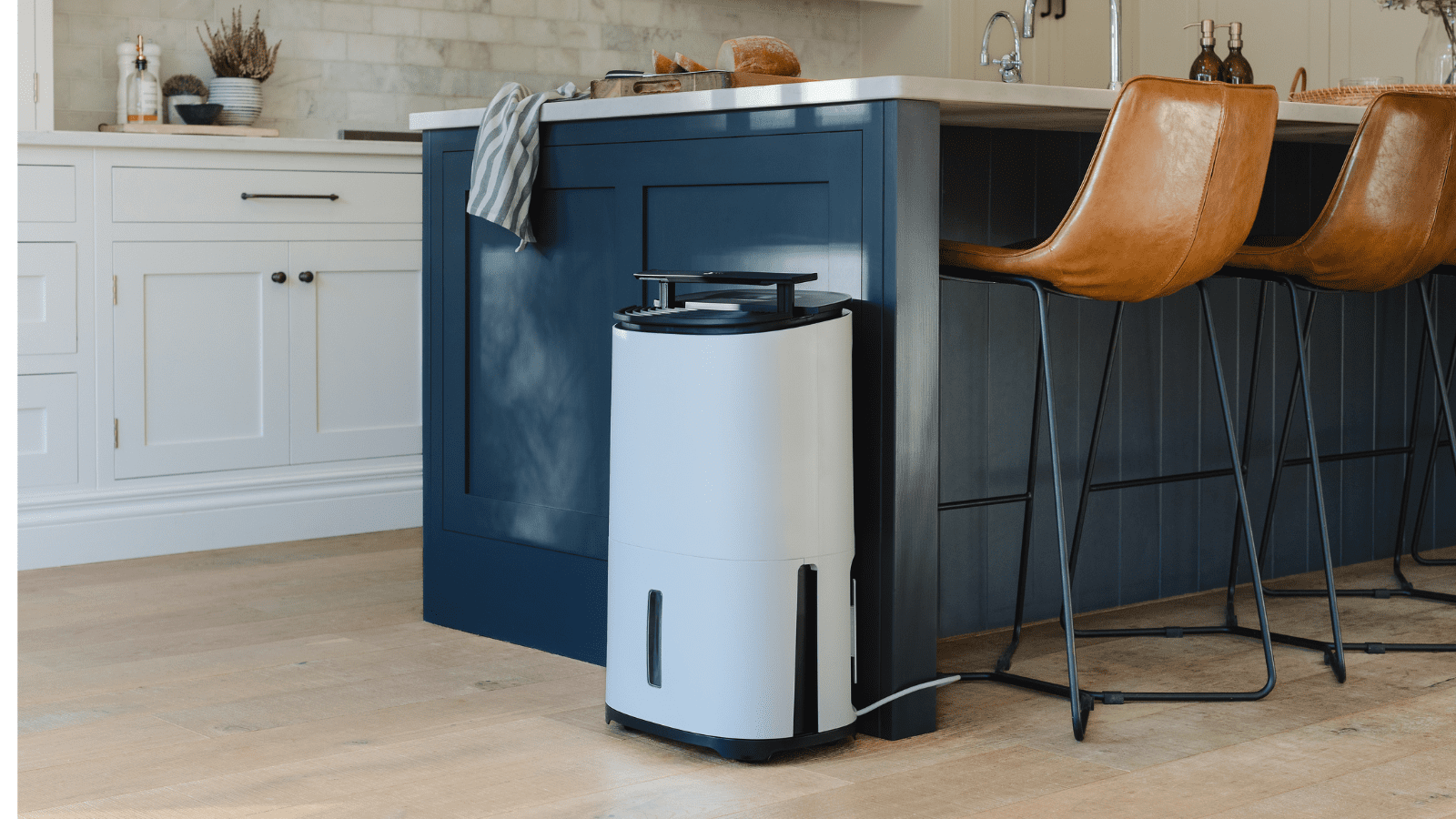Finding damp in your home is worrying. Not only does it look bad, with its dark patches and mouldy deposits – it’s also potentially dangerous for your health, damaging the air quality and making life generally uncomfortable. You want to know how to get rid of damp – and get rid of it for good.
And of course, there are lots of hints, tips and advice on how to do that. From treating damp patches with homemade treatments to taking measures to reduce condensation, you can spend all your time reading about how to get rid of damp – only to discover that just when you thought it was gone, it comes creeping back.

Ways to deal with damp
There’s no one quick fix to dealing with damp in your home. Getting rid of damp permanently may require building works like adding a damp course – and if you rent your home, that’s something you’ll have to convince your landlord to do.
So the first thing to do is find out what is causing the damp problems in your home. There are a couple of external causes of damp that you will need professional help to put right – rising damp and penetrating damp. Rising damp comes up from the ground through the brickwork and is then absorbed into the fabric of the building. Penetrating damp is caused by water entering the property – this might be through poor guttering, brickwork that needs repointing or leaking roofs and windows.
One of the most common causes of damp – particularly in bathrooms and kitchens – is condensation. And there are things you can do immediately in order to make a difference.
How to get rid of damp by reducing condensation
Condensation is created when warm air hits a colder environment. Water droplets are formed and a build up of excess moisture causes a range of damp problems. In our homes, condensation is most often caused by cooking and showering – which create steam that then condenses – and by drying washing on radiators, which also sends warmer, moist air into a cooler general environment.
- You can tell if you have condensation by checking a couple of simple things in your home:
- You’ll see tell-tale signs of moisture on windows, doors and walls
- You might see evidence of black mould spots in the corners of windows or showers or walls nearby
- There will be damp smells in your home
- You might see issues with internal decoration, such as wallpaper, or find mould on soft furnishings like curtains and sofas
You can reduce condensation by:
Improving ventilation – opening windows and using extractor fans will help to shift the extra moisture in the air outside of your home. If you have windows with small air vents, keep them open all the time, and open windows wider when you are showering or cooking. If you have an extractor fan, use it – it can make a big difference.
Use a drying rack – drying clothes on radiators creates additional moisture in the air and that can result in damp. In order to prevent mould and other problems, switch to a drying rack where your washing isn’t subject to direct heat. In a sunny room, you won’t even need the heating on to get your clothes dry, and you will automatically reduce the potential for damp.
Consider a dehumidifier – this is a machine that’s designed to extract additional moisture from the air and can have an immediate impact on damp in your home. They help to stop condensation, regulate the air in your home, help with drying washing and give you a stable environment. This also reduces the risk of illness through poor air quality and is an affordable way to treat your damp problems.
A dehumidifier can also help with your energy bills. Damp lowers the temperature of your home and makes it harder – and more expensive – to heat. By improving the levels of moisture in the air, you can heat your home more efficiently and affordably.


Common damp questions
How do I permanently get rid of damp? Whether you can get rid of damp permanently will depend on the type of damp you have. In some cases, it may require professional intervention. In others, you can get rid of damp and prevent it from coming back by reducing condensation, improving ventilation and removing excess moisture from your home.
How do you get rid of damp in walls? This type of damp may be caused by water coming into your home – either from the ground or from rainwater getting in. If you don’t get any results from managing the condensation levels in your home, contact a professional who can come and take a look for you.
Can you ever get rid of damp in a house? You should always be able to get rid of damp in your home. In some cases a few easy changes can make all the difference. In others, you may have to get some professional building work done in order to solve the problem.
How to get rid of damp? Buy an award-winning dehumidifier!
Meaco’s dehumidifiers have won an array of awards and regularly get 5-star reviews from customers. As soon as your dehumidifier arrives you can just plug it in and it will start to make an immediate difference to the air moisture in your home. Our dehumidifiers come with great warranties and are all supplied from the UK, backed by our friendly customer service. Why not shop today to make a start on tackling your damp problems?
Products featured: Meaco 20L Low Energy Dehumidifier








2 Responses
I have just bought a Arête 25L and am very happy with it. I note the factory setting for the smart humidity function is set at 55%. I’d be grateful if one of the team could explain the thought behind this. Is 55% the level we should be aiming for in the house?
55%rh is the standard used internationally by museums to protect collections. There is a lot of research behind it and it is the accepted standard for decades now. This is why we use it.